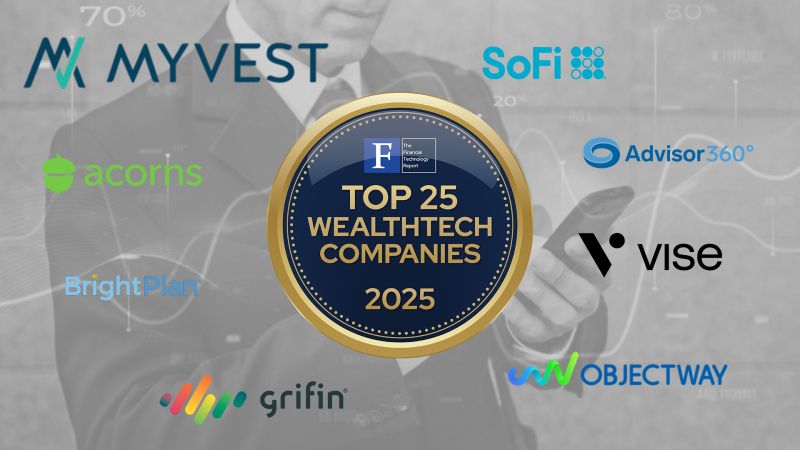Originally published in Bank Innovation | September 6, 2016 | By Grace Noto
Roboadvisors are hot in financial and wealth management at the moment, despite the fact that “roboadvisor” can essentially refer to any online service that generates automated investment advice. The current debate in fintech is over their use more than their classification; specifically, people are questioning whether they should be used at all, because, well, humans kind of need jobs.
But compromise here might be key, combining the ability of a “robo” to consolidate data from multiple accounts with the human skill to tailor that data to each customer’s unique needs. MyVest CEO Anton Honikman argues that this approach will offer the best results for wealth management clients.
“This hybrid approach is the one that is going to win out,” says Honikman, whose wealth management software company was founded in 2001 by “fintech visionary”—his words—Bill Harris, who currently serves as the CEO of Personal Capital. “People’s relationship with their money is not simply algorithmic; it’s emotional, so to entirely meet their needs the algorithm While its full client list is not public, MyVest provides technology that currently powers Personal Capital—which offers a hybrid advisory solution—as well as AssetMark, a TAMP, or Turnkey Asset Management Platform service; something that is used by independent or small wealth advisors to manage daily tasks or used to outsource investment decisions. Honikman notes that his support of the hybrid method is “agnostic” from the technology MyVest offers, which can be used to power all types of services, from fully automated to fully human. MyVest was one of the first companies to offer a holistic approach to wealth management software, designed to tackle multiple rather than just singular accounts. Now with the rise of robos, the more data a service has available, the better it thrives, and while, sure, it can thrive without human input, the results are better for everyone involved if a human’s experience and empathy is combined with a fast-acting robo, Honikman says. “The issue for providers is how to scale humans into your business,” says Honikman, who notes that while some consumers may be happy with the speed of a robo service, most are willing to pay for human interaction, even though consumers probably won’t return to the days of actually going to a brick-and-mortar office. “Now, you want a practice with a digital front end, where the interaction between advisors and clients is done through purely digital means.”




![MyVest Byline: The Evolution of the UMA from 1.0 to 3.0 [Wealth Management]](https://myvest.com/wp-content/uploads/wealth-management-logo.webp)
![MyVest CEO predicts growth in model-delivery direct indexing [FundFire]](https://myvest.com/wp-content/uploads/Fundfire-1.png)
![MyVest CEO talks UMA upgrades and industry trends [FundFire]](https://myvest.com/wp-content/uploads/Fundfire.png)